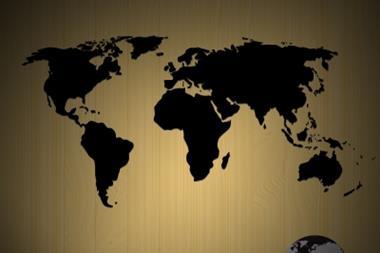Latin America is a region that no ambitious multinational can ignore, particularly as trade between emerging countries is expected to account for about 40% of global trade by 2030, but there are variations in regulation that businesses need to get to grips with

There are 22 countries in Latin America, each very much with its own identity. The way in which each country conducts business is also varied and unique. In terms of economic performance, rule of law, quality of government, stability of the currency, tax, environmental regulation, corruption, labour and the general ease of doing business, these nations are markedly different from each other.
Although English is used in a few countries, most of Latin America conducts business in Spanish or Portuguese.
“Keep in mind that Latin America is not a country”, advises David Gambioni, founder of Risk Boutique. “Approximately 600 million people live there.”
But with the exceptions of Argentina and Venezuela, both the subjects of protectionist economics and the latter also experiencing civil disturbances, most of Latin America exhibits one common denominator. In different ways each country is open to foreign business.
Even once-shunned Panama has thrown out the welcome mat, having established free and favourable trade deals with 11 countries, including Taiwan and Singapore. A greenbackbased economy without its own paper currency, Panama is growing rapidly by virtue of such useful innovations as Proinvex, a one-stop-shop that provides much of the information that foreign investors should need.
Similarly, Mexico, Colombia, Peru and Costa Rica made the league table of countries that achieved steady progress towards an increasingly favourable commercial climate.
Taking Mexico as a prime example with its 121 million population, it has consistently improved in the past decade. In 2013 alone, it substantially reduced the number of procedures to start a business, eliminated unproductive paperwork, made the payment of taxes easier and reduced logistical barriers for exporters among other genuine reforms.
The momentum is undoubtedly heading in the right direction. As the World Bank’s institution for the private sector, International Finance Corporation, approved: “The good news is that at least half of Latin American countries carried out regulatory reform to improve these indicators.”
Endemic corruption
Unfortunately, another common denominator has been endemic corruption.
However, although bribes and albeit at different rates, most Latin American countries are ticking the right boxes. Last year, Guatemala implemented more reforms than any other nation and made the global top 10 in terms of doing business.
One of its initiatives was the establishment of a single online platform that enables companies to register a new business with all the relevant government agencies. In Chile, officially Latin America’s most business-friendly economy, a start-up can gain all the necessary approvals in a single day. Inducements will not disappear overnight, some countries such as Brazil and Mexico, the two dominant economies, are vigorously tackling the issue.
And yet, reinforcing the differences across the region, other countries such as Honduras are not trying to tackle corruption. Indeed, the International Finance Corporation ranks Honduras at 0.86% in terms of control of corruption.
However, new president Juan Orlando Hernández, a lawyer with a reformist agenda, could make a difference before the end of his term in 2018.
Inconsistent cost structure
Finally, the cost structure varies wildly right across Latin America as well. “It is impossible to maintain a consistent price across the various Latin American regions”, explains Hugo van Vredenburch,chief executive of the Amsterdam-based TMF Group, which provides cross-border tax, payroll and other services. “Local costs will have an impact on your pricing, your profits and your level of investment.”
However, despite all these challenges, Latin America is a region that no ambitious multinational can ignore. As Standard Chartered Bank’s Shirish Garg points out about this and other regions rapidly gathering economic momentum, “trade between emerging countries is expected to account for about 40% of global trade by 2030”. This is more than twice what it is today.




















No comments yet